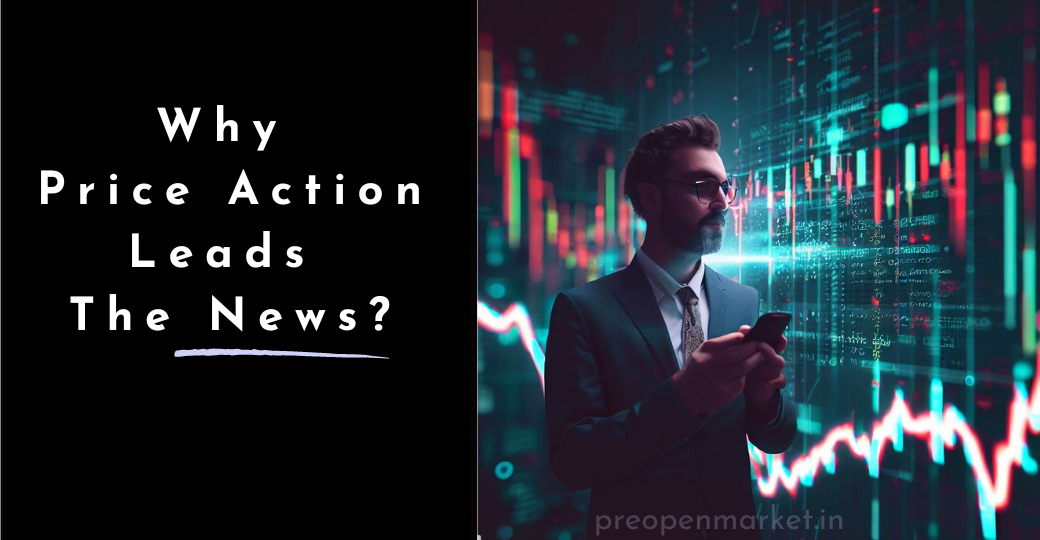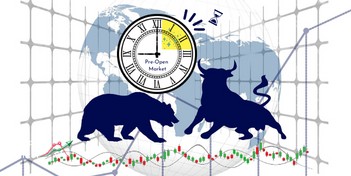Why Price Action Leads The News?
Skilled traders focus closely on price action rather than chasing news

Why Price Action Leads The News?
Price action leads the news because it is a reflection of what traders are actually doing in the market. When traders see something that they believe will move the market, they will start to buy or sell, which will cause the price to move. The news, on the other hand, is often a lagging indicator. It is often released after the price has already moved, and it can be used to confirm or invalidate a price move.
For example, let's say that there is a news report that a major company is going to release earnings that are expected to be very good. This news report is likely to cause the price of the stock to go up. However, the price of the stock may have already started to go up before the news report was released. This is because traders who saw the earnings report before it was released may have already started to buy the stock.
In this case, the price action led the news. The news report was released after the price had already moved, and it simply confirmed what the market was already doing.
Price action often leads the news in the financial markets due to its nature as a reflection of market sentiment and the collective actions of traders. Here's why price action can lead the news:
Immediate Market Reaction: Price action represents the real-time interaction between buyers and sellers in the market. When significant events occur, traders react swiftly by buying or selling, causing price movements even before the news is widely disseminated. Anticipation and Speculation: Traders often anticipate news releases and events based on economic calendars, geopolitical developments, and other factors. This anticipation leads to pre-positioning and trading activity that influences prices ahead of the actual news release. Technical Analysis: Many traders use technical analysis to make trading decisions. Technical patterns, support and resistance levels, and trendlines can guide traders' actions before news becomes available. As these technical factors change, they can lead to price movements. Market Sentiment and Psychology: Price action reflects the collective sentiment and psychology of market participants. Traders' reactions to events are often influenced by emotions such as fear and greed, leading to rapid price adjustments. Algorithmic and High-Frequency Trading: Algorithmic trading systems and high-frequency trading algorithms can process and react to price movements in milliseconds. These algorithms can trigger large buy or sell orders based on pre-programmed criteria, influencing prices before news reaches a wider audience. Insider Information and Leaks: In some cases, insiders or those privy to market-moving information may act on it before it becomes public knowledge. This insider trading can lead to price movements that are not immediately explained by news reports. Data Interpretation: Even when news is released, there is often a delay between its publication and the market's full understanding and interpretation of the information. Traders may need time to digest the news and assess its potential impact on the market, leading to continued price movements. News Discrepancies: News reports can sometimes contain discrepancies or differing interpretations. Traders may have access to different sources of news, leading to varying reactions and price movements before a consensus is reached.It's important to note that while price action can lead the news, it is not always a predictor of future news developments. Markets can also experience swift reversals or corrections as new information becomes available and sentiment changes. Traders should exercise caution, use proper risk management, and consider a comprehensive approach that includes both price action analysis and an awareness of upcoming news events.




